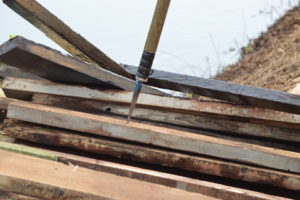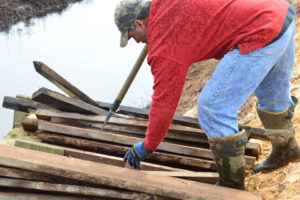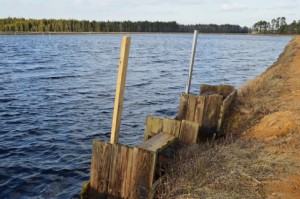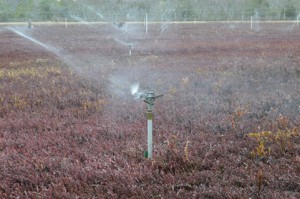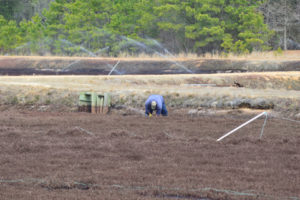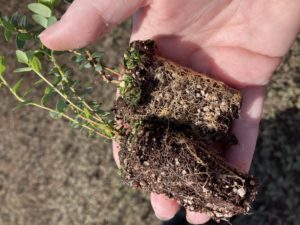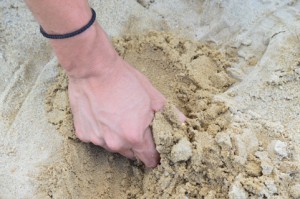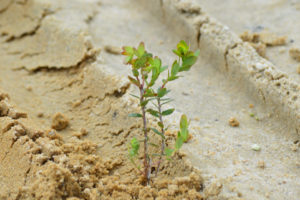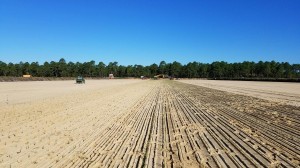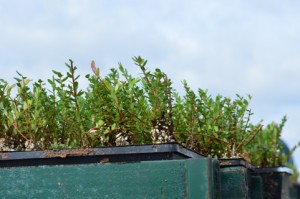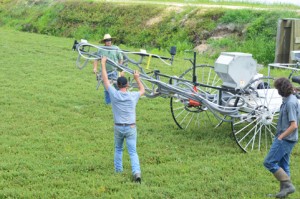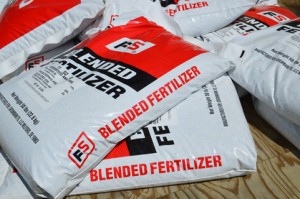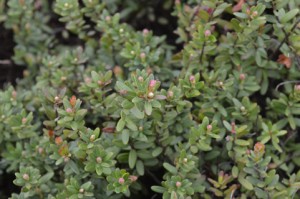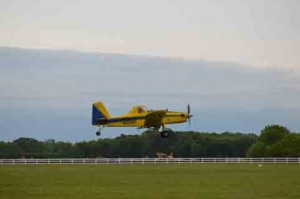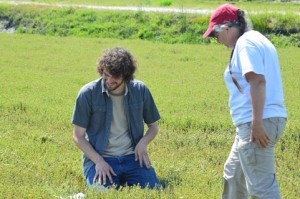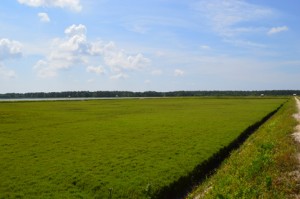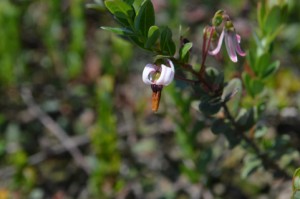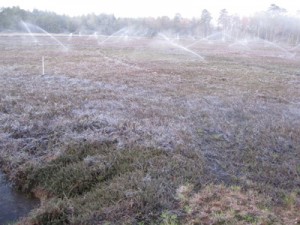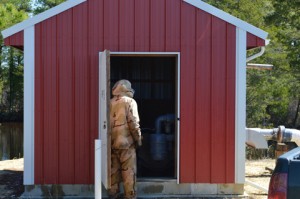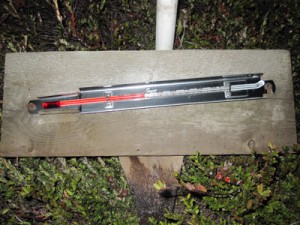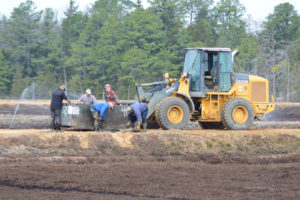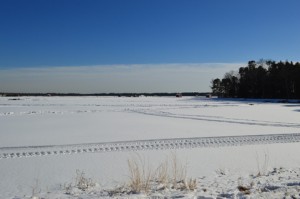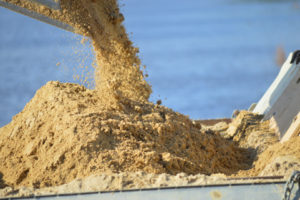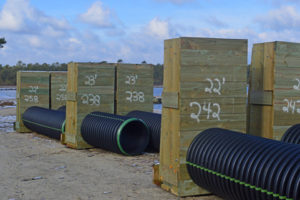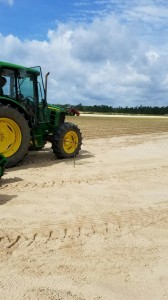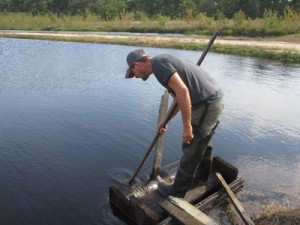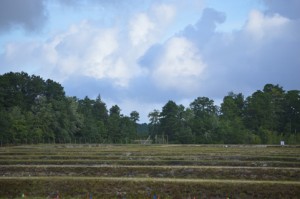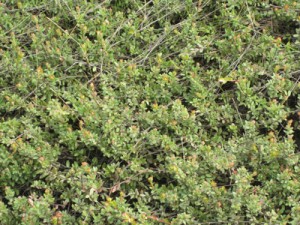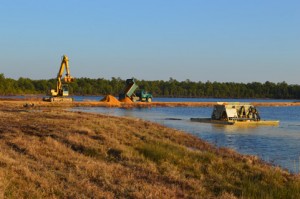Spring has arrived and it’s time to start removing the winter flood! We’ve said it so often you can probably recite it with us by now: good water management is absolutely critical to growing cranberries. Growers rely on a clean, abundant supply to maintain the bogs year round. The key question, as everyone here knows by heart, is “Where is the water coming from, and where do you want it to go?”
Once the harvest is over, the bogs are flooded in order to protect the cranberry vines from the winter weather. When the warmer weather sets in, the bogs are drained so that the dormant vines awaken for the growing season; while cranberries are most frequently harvested using the “wet pick” method, they do not actually grow under water and thus need to go through the same growing cycle as any other fruit crop. The process, which we call “dumping water” is deceptively simple: a team member takes a gate hook (pictured below) and removes the boards that have been placed across the gate in the bog. (The boards are removed in a specific pattern to work with gravity and the natural flow of the water.) Once the boards have been pulled and placed on top of the gate, the water moves to the next bog along the ditches. This water returns to the reservoirs and canals in order to be reused for the next part of the cycle. It takes about 24 hours to drain completely.
After the water comes off, a crew will install sprinklers (if they haven’t been installed already) and makes sure the irrigation systems are 100% by turning on the system and letting it run for a while. Then they’ll clean out the nozzles, see where we need to make repairs, and turn the system back on to make sure the repairs worked.
Running the system for a bit also helps the team make sure that any potential engine problems are taken care of by the Facilities/Equipment team. It’s important for this to be done as soon as possible for frost protection. Typically, a cranberry bog is built at a lower level than the land immediately surrounding it and the bog temperature can drop ten to fifteen degrees lower than the uplands. These conditions make monitoring bog temperature a top priority once the winter water comes off, which is why installing sprinklers quickly and efficiently is so important.
Once it’s all done, everything should be on track for the cold nights still to come!


